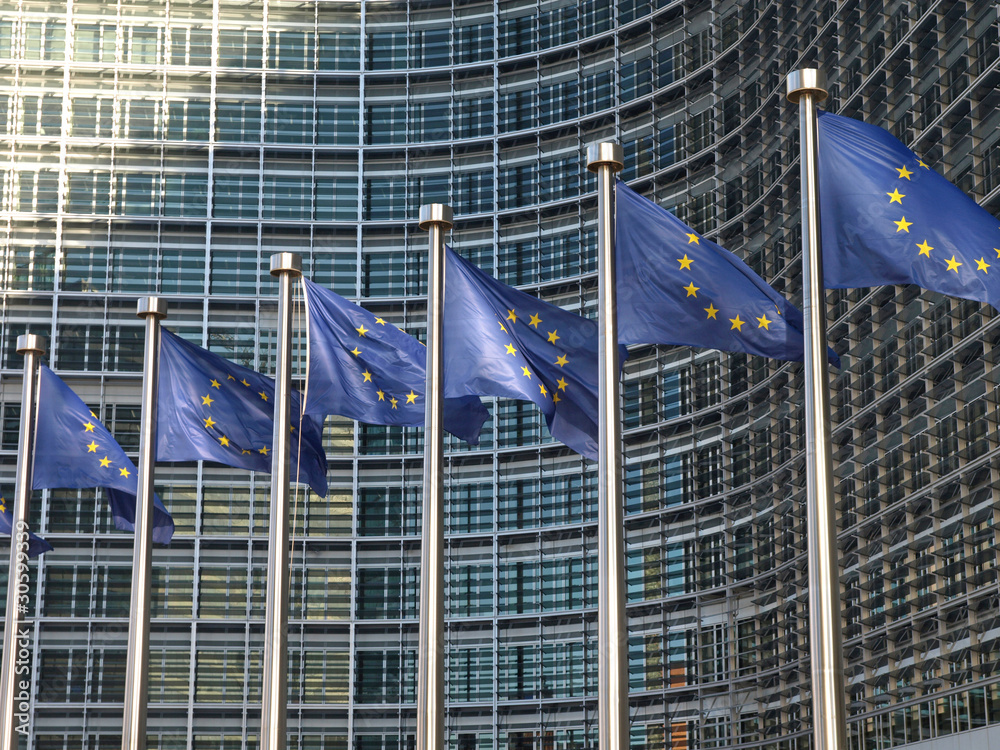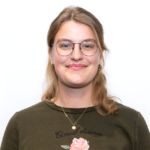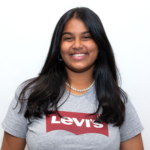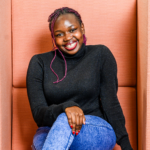March 3, 2023
University field trip to Brussels
As I mentioned in one of my last posts, I went on an excursion with my Master’s programme. We visited Brussels and especially the heart of the EU in Brussels. The whole trip was organised by ourselves and was packed with interesting study visits as well as sightseeing. We travelled to Brussels by bus, which took about 18 hours and was quite an adventure. It was my longest bus journey so far, but it wasn’t as bad as I thought it would be. We arrived in Brussels in the afternoon and moved into our apartment hotel, which was really nice.
 The first few days we visited the three main institutions of the EU: Council, Commission and Parliament. This was very exciting as they had very interesting study visits planned for us. I was particularly interested in visiting the Council of the European Union because, at least for me, it is the most difficult of the three institutions to understand. Apart from an interesting presentation, we also got to visit the European building. Here you can see the so-called “Lantern”, the room where the heads of the EU meet for the Council meetings. Outside we could see the red carpet, which we now know from press interviews of politicians in the news.
The first few days we visited the three main institutions of the EU: Council, Commission and Parliament. This was very exciting as they had very interesting study visits planned for us. I was particularly interested in visiting the Council of the European Union because, at least for me, it is the most difficult of the three institutions to understand. Apart from an interesting presentation, we also got to visit the European building. Here you can see the so-called “Lantern”, the room where the heads of the EU meet for the Council meetings. Outside we could see the red carpet, which we now know from press interviews of politicians in the news.
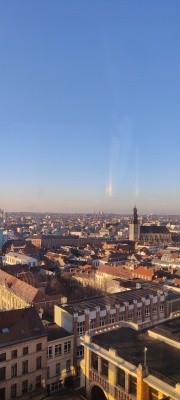
Furthermore we got to enjoy Brussels and went sightseeing throughout the whole city. Close to our hotel, we had a very nice view over the city, which was even more beautiful from the ferry wheel. Apart from that, we saw the famous Grand Place, the Atomium and many more. Of course, we also enjoyed some Belgium fries and waffles. I find the city very interesting, since you can see a big difference between the European quarter and the rest of the city. The only thing I missed was a river. Otherwise the city offers great food and lots of activities to enjoy.
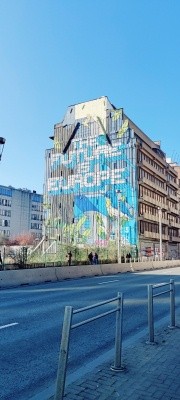 One of the highlights was the visit in the representation of Östergötland. The team in Brussels is relatively small and surprisingly young. In good Swedish manner we got to enjoy some Fika before and after the visit. Before, I hadn’t quite understood the reason for having a regional office in Brussels for a comparatively small European region, but they managed to explain. They showed us different examples of EU projects, in which they have intervened and advocated in the interest of Östergötland. One of them, was the project of a connected European railway system, where the represenation managed to define Linköping and Nörrköping as urban nodes. This means they will be strongly taken into account in the planning. They work in the Nordic tower in Brussels, where also other Swedish and other Scandinavian regions have their offices. This enables a great cooperation between the Nordic countries.
One of the highlights was the visit in the representation of Östergötland. The team in Brussels is relatively small and surprisingly young. In good Swedish manner we got to enjoy some Fika before and after the visit. Before, I hadn’t quite understood the reason for having a regional office in Brussels for a comparatively small European region, but they managed to explain. They showed us different examples of EU projects, in which they have intervened and advocated in the interest of Östergötland. One of them, was the project of a connected European railway system, where the represenation managed to define Linköping and Nörrköping as urban nodes. This means they will be strongly taken into account in the planning. They work in the Nordic tower in Brussels, where also other Swedish and other Scandinavian regions have their offices. This enables a great cooperation between the Nordic countries.
I hope you enjoyed the little insight into our field trip and our study program.
Until soon,
Jule
_____________________________________________________________________________
Why don’t continue the conversation with us?
Start with checking out:
Our programmes, the application process, webinars, and our Instagram and Facebook account.
Still left wanting more?Book an appointment with our recruitment coordinator at infocenter@liu.se.
